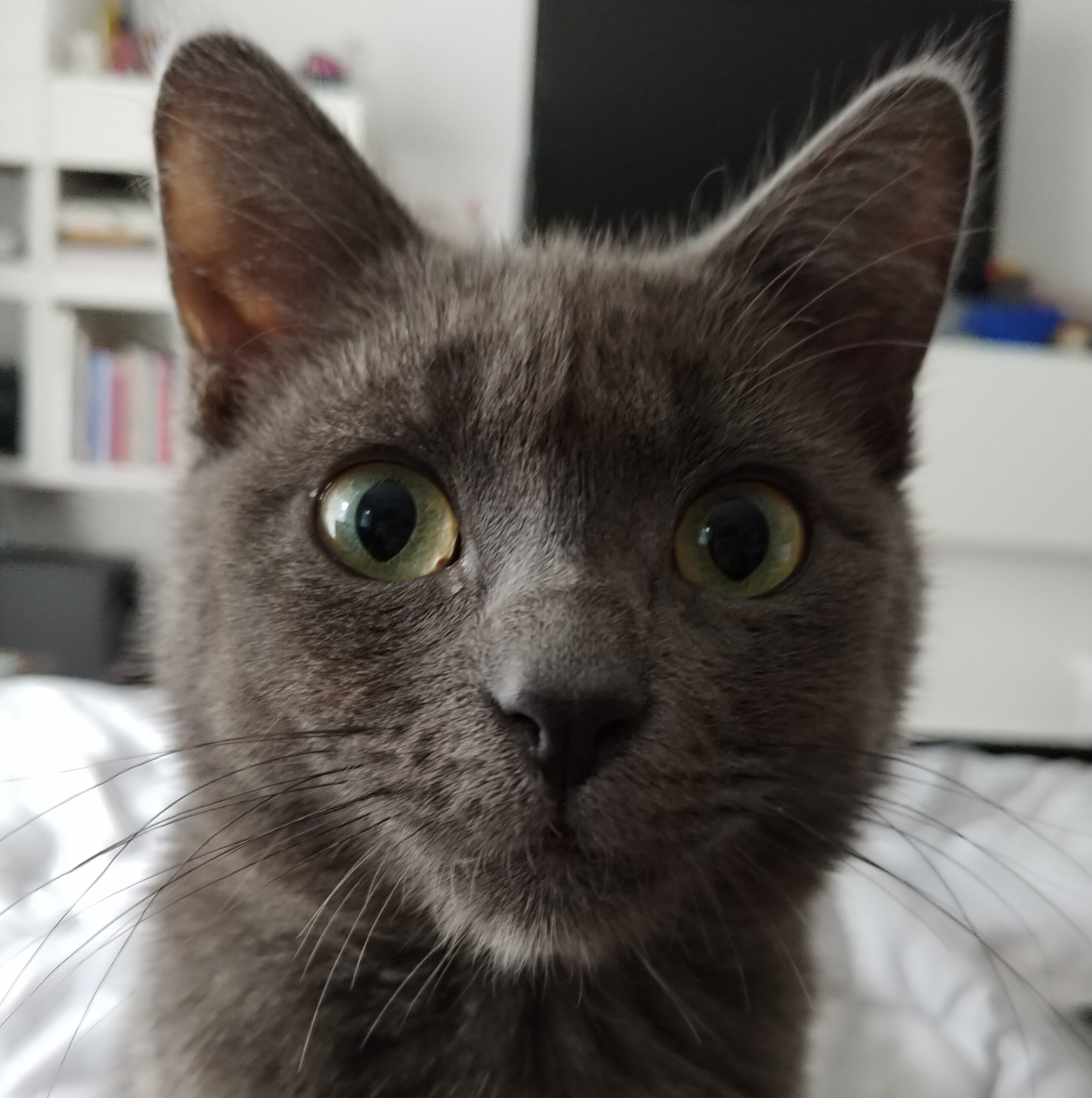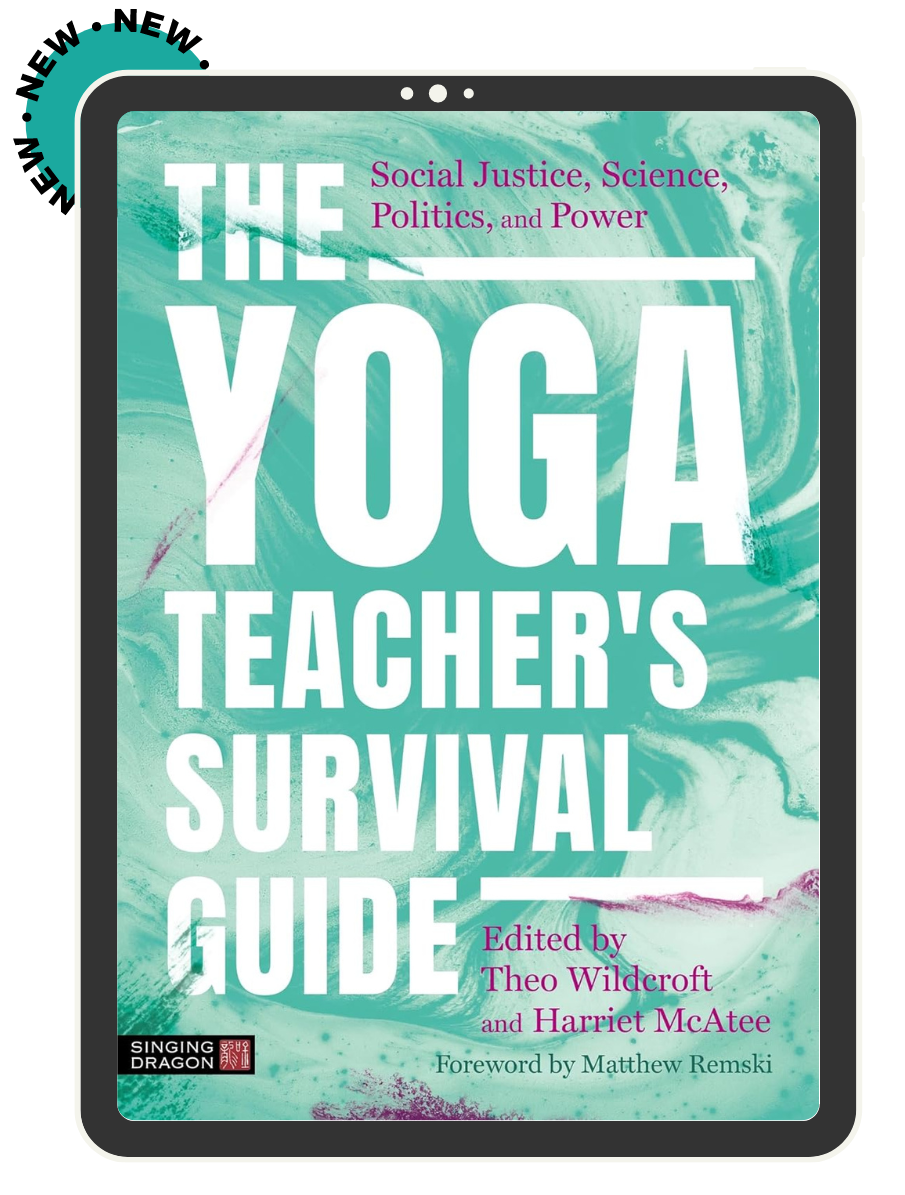About Jules Mitchell
Yoga Teacher | Educator | Lifelong Learner | Lover of EDM and catsI’m Jules Mitchell. I teach biomechanics to intellectually fearless yoga teachers.
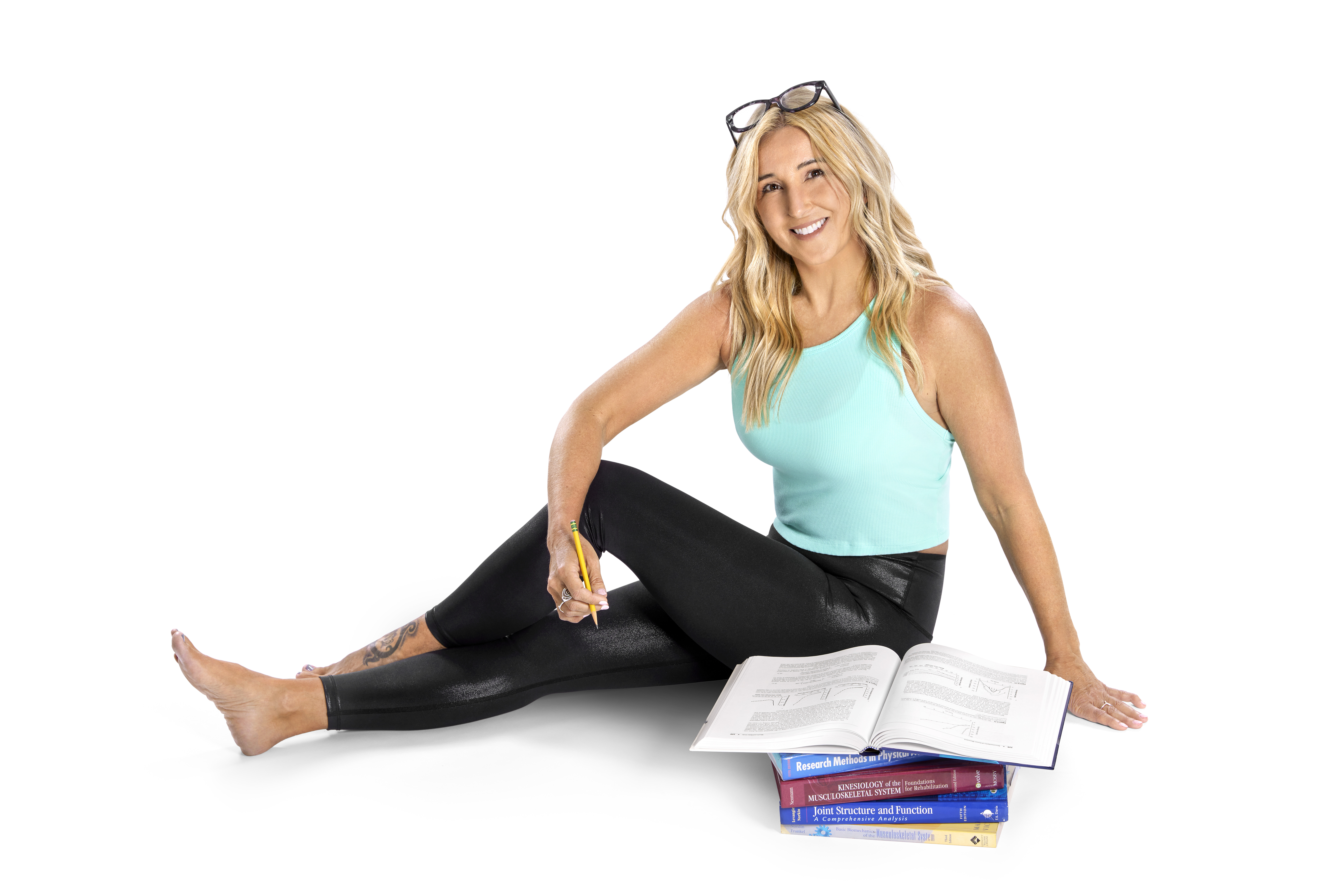
There are a lot of contradictory messages about yoga out there:
- Flexing your spine is not okay, but cat/cow is okay
- Bend your knees to protect your back in a forward bend, but straighten your knees to protect your hamstring tendons
- Only twist from a neutral spine, but if you want to bind your arms you’ll need to round while twisting, then straighten out
Huh? No wonder people are confused. I’m here to fix that.
My mission is to empower yoga teachers with trustworthy, accurate education on biomechanics, pain science, and yoga research so that they feel confident when they’re sifting through the sea of conflicting information out there.
I curate the tools and information yoga teachers need to make informed decisions in their teaching, not just repeat cues from their teachers or offer suggestions without knowing why something works or doesn’t work.

Learning biomechanics helps you build confidence as a yoga teacher
Learning biomechanics as a yoga teacher helps you understand many hot topics around yoga such as safety, injury, stretching, pain science, and more. Understanding tissue mechanics allows you to confidently work with students and understand what may or may not be best for them and why. And, at the end of the day, I help you to realize that there are no easy conclusions and you don’t have to know all the answers (the good news is that nobody does).
One of my most important roles is guiding yoga teachers in discernment. I help folks learn critical thinking skills. We learn how to think about scientific research, rather than just scanning the abstract for an easy answer or big conclusion. Many of the teachers who work with me tell me that after a workshop or course, they have even more questions than when they started. This is a good thing! I show yoga teachers how to turn their “messy” questions into smarter, better, and more specific questions so they can get closer to the answers they seek.
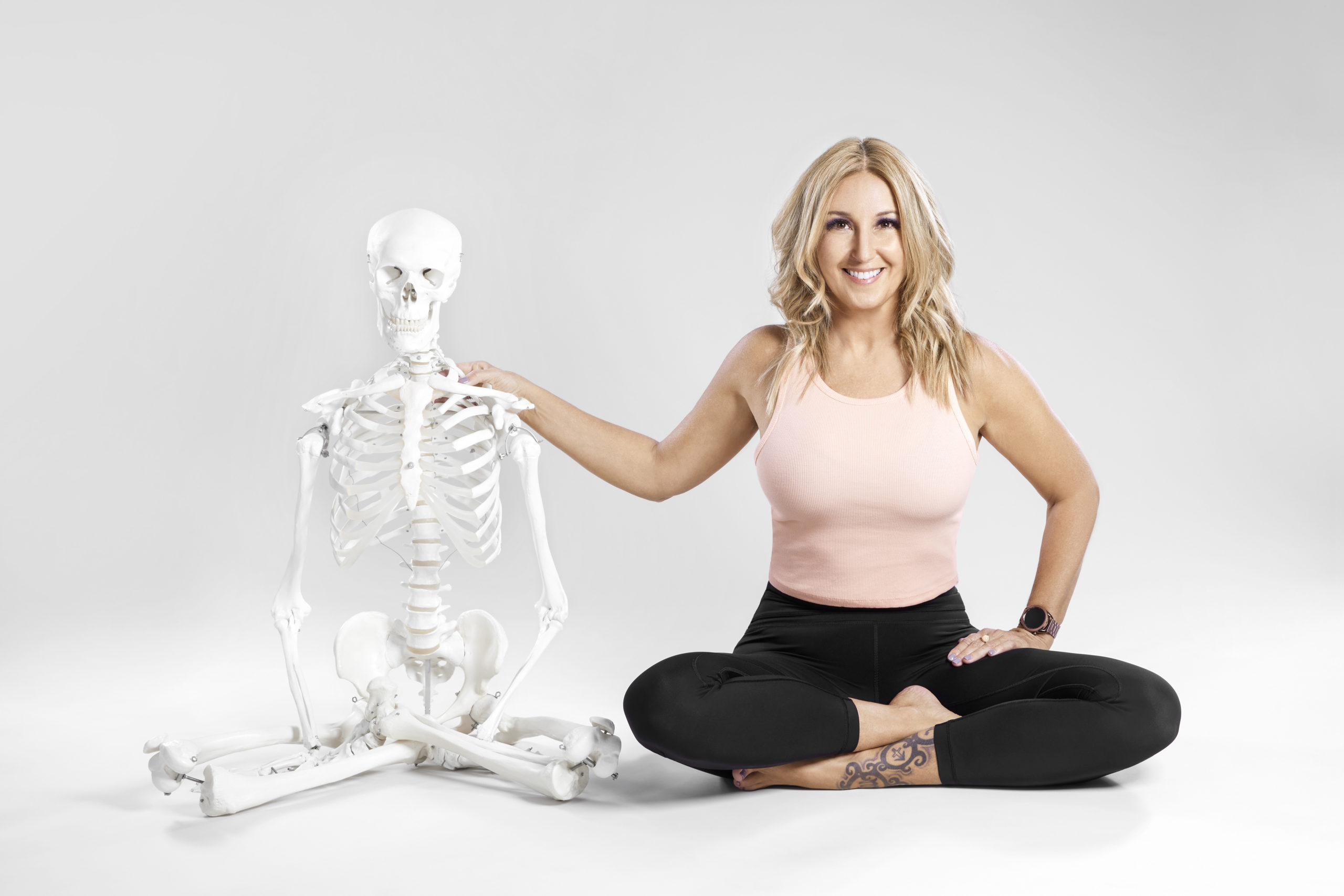
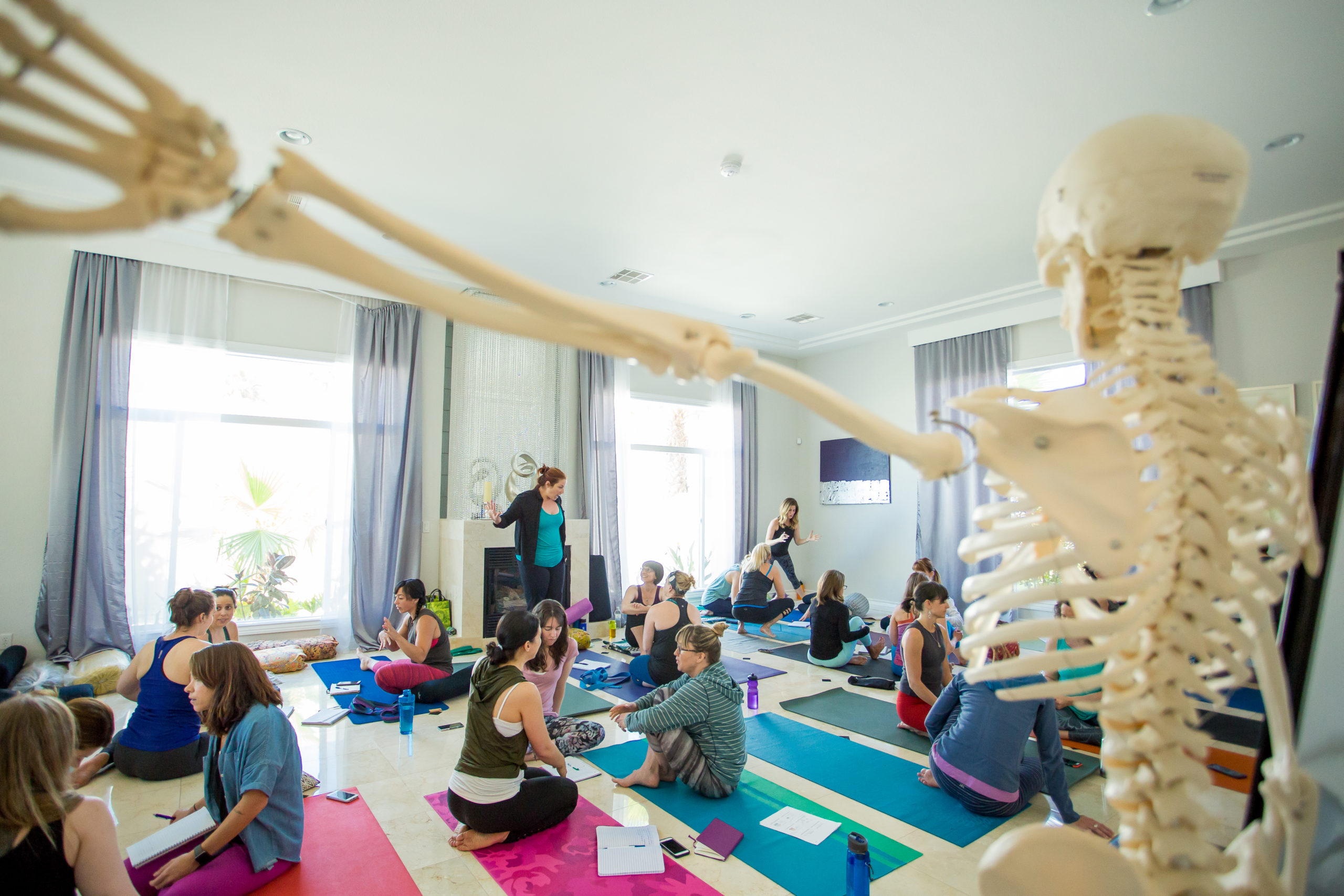
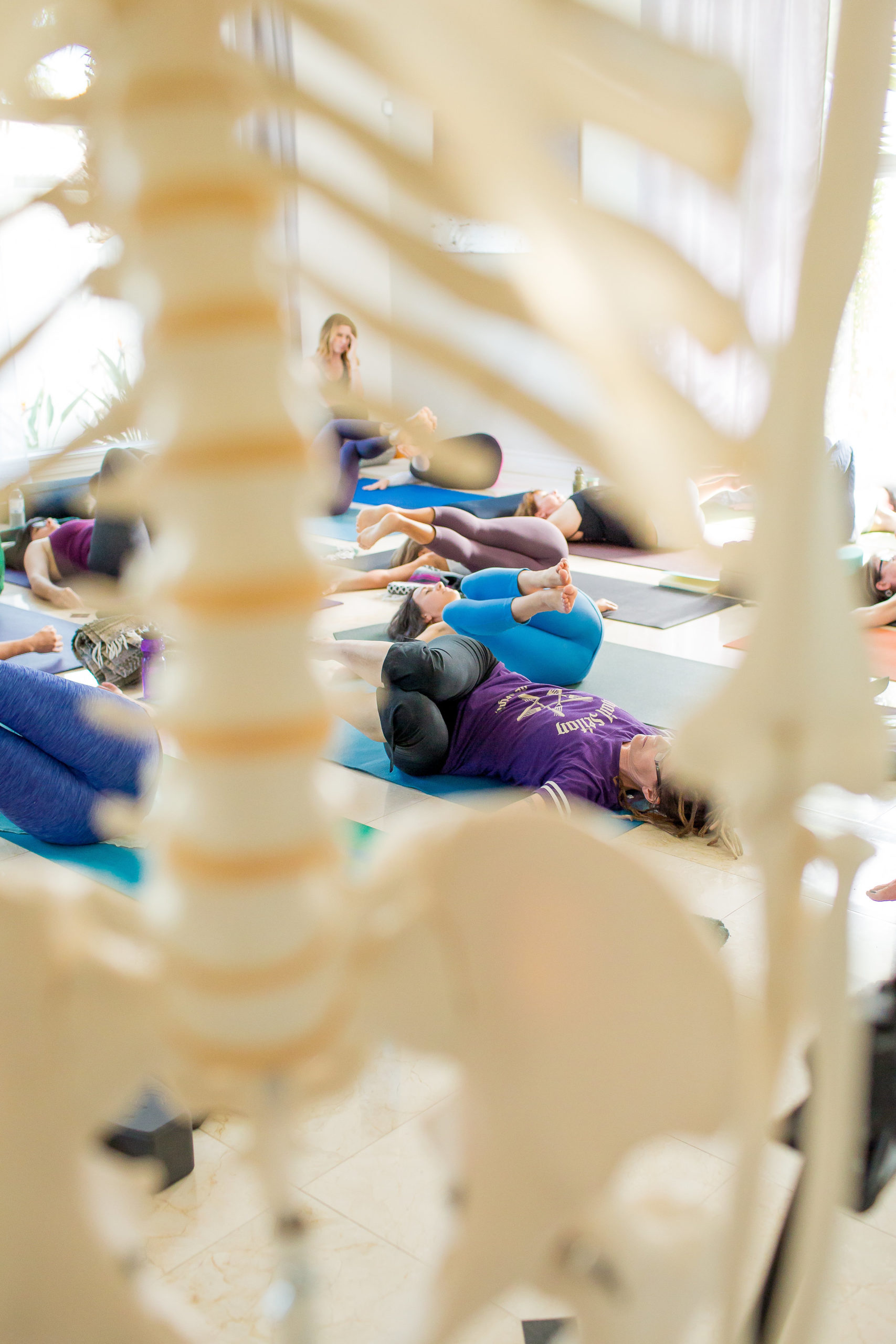
My Story: How I got here
Yoga discovered me when I was an undergrad, almost 3 decades ago. I walked into a local studio in Tucson, Arizona, and the first pose was legs up the wall. I was so uncomfortable just being with myself, I giggled and fidgeted the entire time. After what felt like 20 minutes (it was probably only 2 minutes), we started moving. I was immediately hooked. Ten years later when my mother passed away, I found that I needed yoga in a whole new way. During that stage of my life, something shifted for me and yoga became one of my best coping tools and was a vehicle for learning more about myself. As expected, I eventually started teaching.
In my early teaching years, I took every workshop, attended every conference, and read every book I could find. I had a lot of questions because there was so much conflicting information out there. Cues like “flex the foot to protect the knee” sound good, but why was that the cue? Did it really protect the knee? I asked a lot of questions, but wasn’t getting answers that satisfied me. This curiosity eventually led me to a graduate program at CSU Long Beach studying exercise science with an emphasis in biomechanics.
Studying biomechanics, specifically histology and tissue mechanics, changed everything for me. I started to understand anatomy on a whole new level.
Fortunately for me, I had a very strong background in math, physics, and engineering from my undergrad years, so the concepts were relatively easy for me to grasp. The teachers taking my weekend workshops, however, did not. So I translated my ideas, made the concepts digestible, and presented ways to make this knowledge accessible and useful for teaching yoga. It worked and here we are today.
In 2018, I published my book, Yoga Biomechanics: Stretching Redefined. This book is the culmination of my life’s education and experience. My father was an engineer and my mother was a university professor, meaning I was perfectly groomed to write a book and teach others about math and physics. Although my undergrad degree was in women’s studies, I minored in mathematics and continued my studies in architecture, structural design, and civil engineering. Even though I had never heard of biomechanics when I started teaching yoga, all this education was preparing me without me even knowing it. I now see clearly that it is my dharma to study, write, and teach biomechanics to yoga teachers.
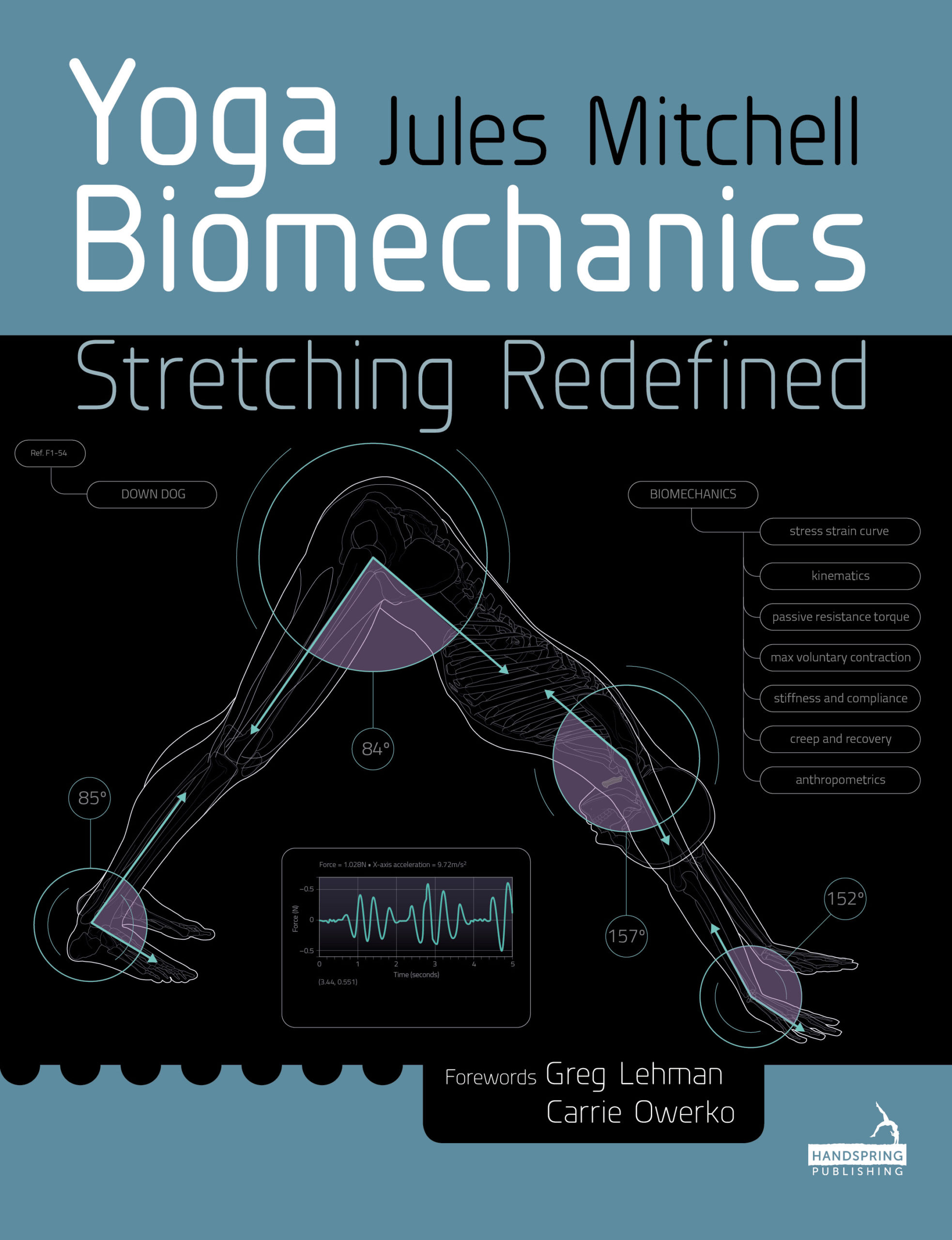
I work with intellectually fearless, naturally curious yoga teachers
My best students and colleagues are yoga teachers with insatiable curiosity. I work with people who want to understand the how and the why. Teachers are drawn to me who are anatomy geeks, folks who have a deep interest in the human body, exercise science, and yoga.
After my training, so many teachers have told me they fell in love with yoga again because they were inspired by new ways of thinking and doing. Yoga as a practice is perfect as it is, and when you understand (in the context of biomechanics) what yoga can be and what it can’t be, you too can feel inspired to study difficult subjects and empowered to make intelligent choices for your students.
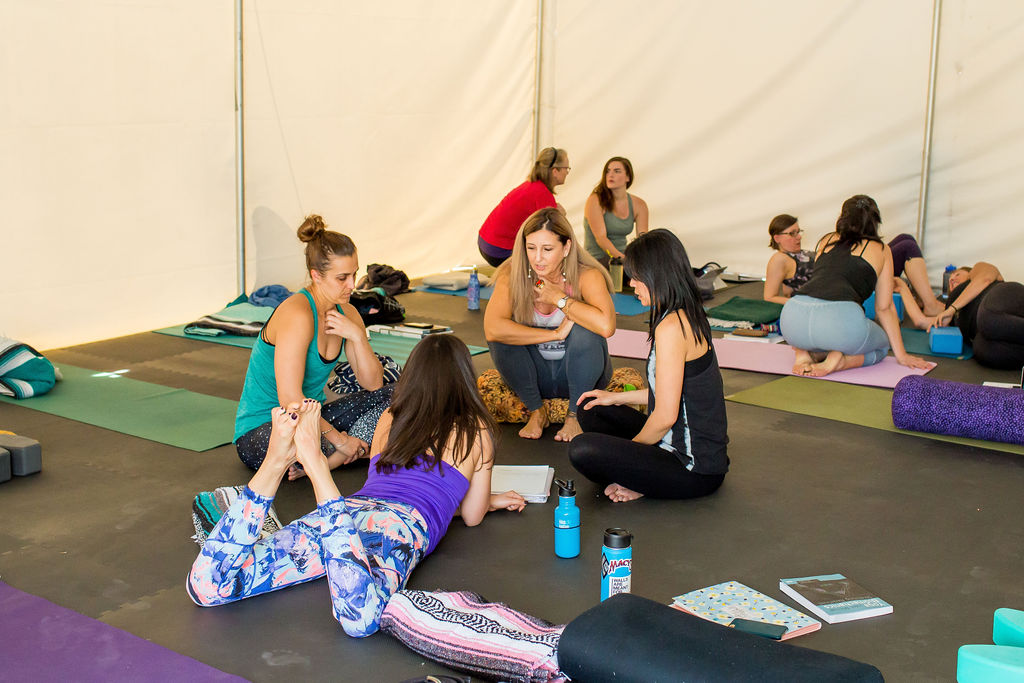
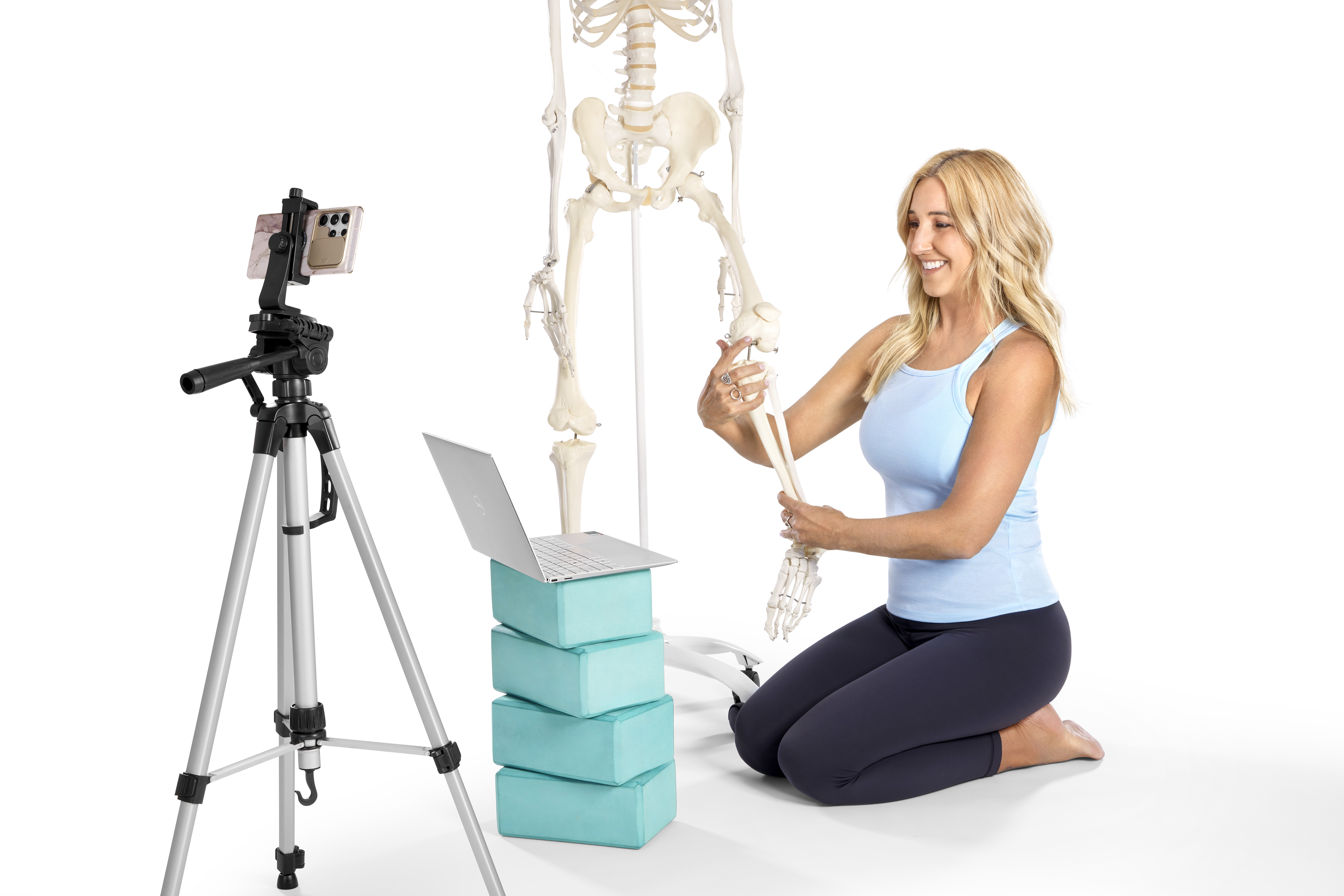
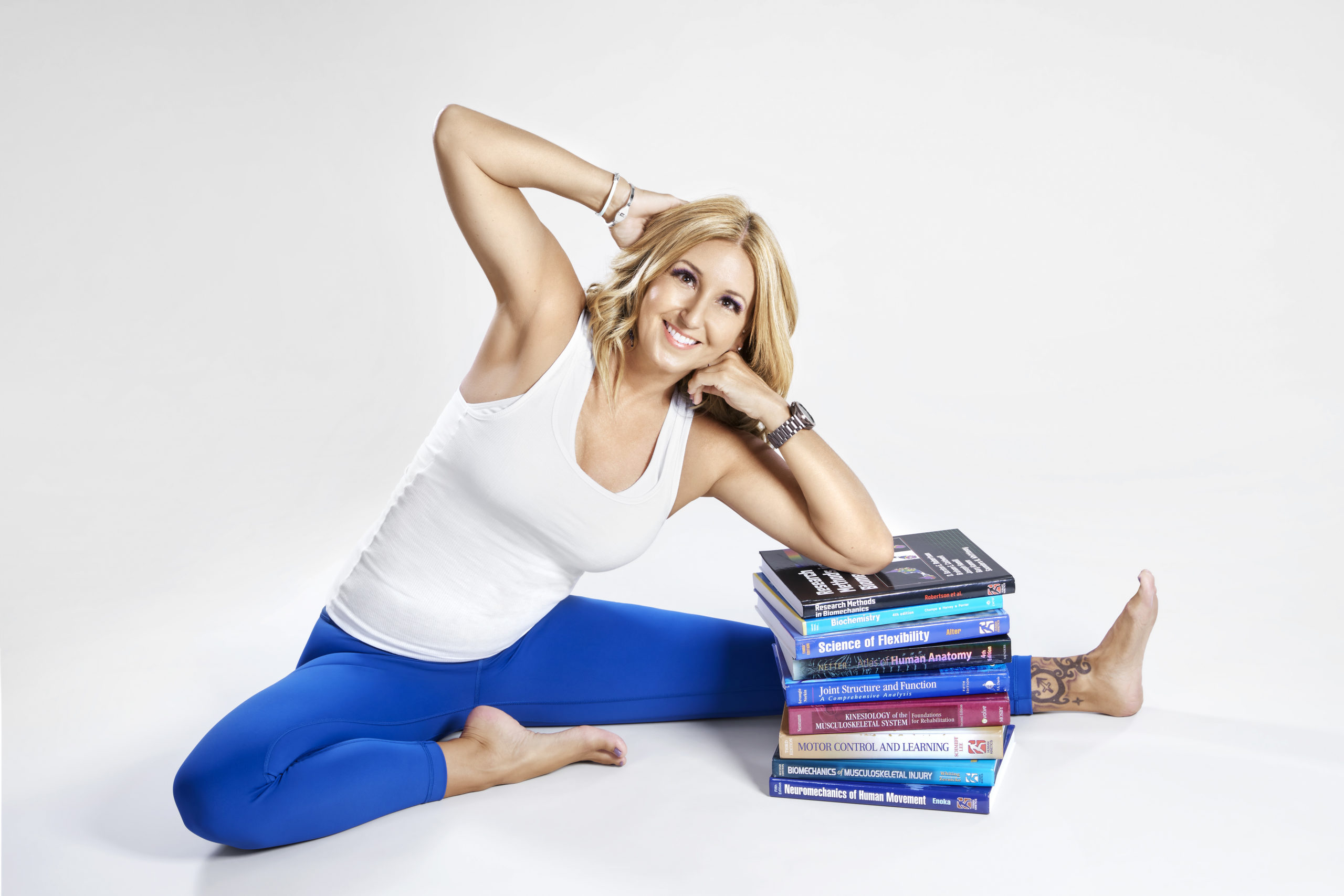
How I teach
I teach you how to think about what you already know, how to apply it in certain settings, and how to question when specific strategies might be successful or not. I call this process Learning to Learn. You learn a new concept and then contextualize that information into a real-life setting, recognizing that biology is multidimensional and non-linear. You aren’t just memorizing data and you aren’t just jumping to large, sweeping conclusions. You are learning to make complex decisions based on appropriate considerations.
All the content I share with you emphasizes Learning in Layers which means wherever you start is the perfect place to start. As you are introduced to new concepts, you might feel overwhelmed. At the same time, other concepts are familiar and you’ll feel confident and assured. This is not a linear path so it’s impossible to determine the “right” place to start. Just start by choosing the course that fits into your schedule, budget, and curiosity.
I always liken learning about biomechanics to cleaning out your closet:
- You make a huge mess
- You have to throw out some old useless things
- You throw out some things you love but don’t actually need anymore
- You make room for new things
- You organize everything differently and more efficiently
- The whole closet becomes more useful in the end
How to work with me
Ways you can start learning with me:
- Subscribe to my emails and get a free E-Course
- Join the next Science of Stretching webinar
- Buy my book Yoga Biomechanics and join the Book Club
- Participate in a Tissue Mechanics Cadaver Lab
- Take my Yoga Biomechanics online course
- Attend an in-person workshop
- Take an on-demand course
The highest level of education, community, and business development I offer yoga teachers is through my 300 hour yoga teacher training which focuses on biomechanics, principles of exercise science, applications of pain science, neurophysiology, and stretching. I also offer 1:1 support and focused mentoring through my Elite Access Program (EAP). The EAP is ideal for teachers who would like ongoing support with a deep immersion into reading research, special lectures on topics I’m currently studying, and overall support in their content creation and business logistics. You receive unprecedented access to me, exclusive content, and a private social network of colleagues.
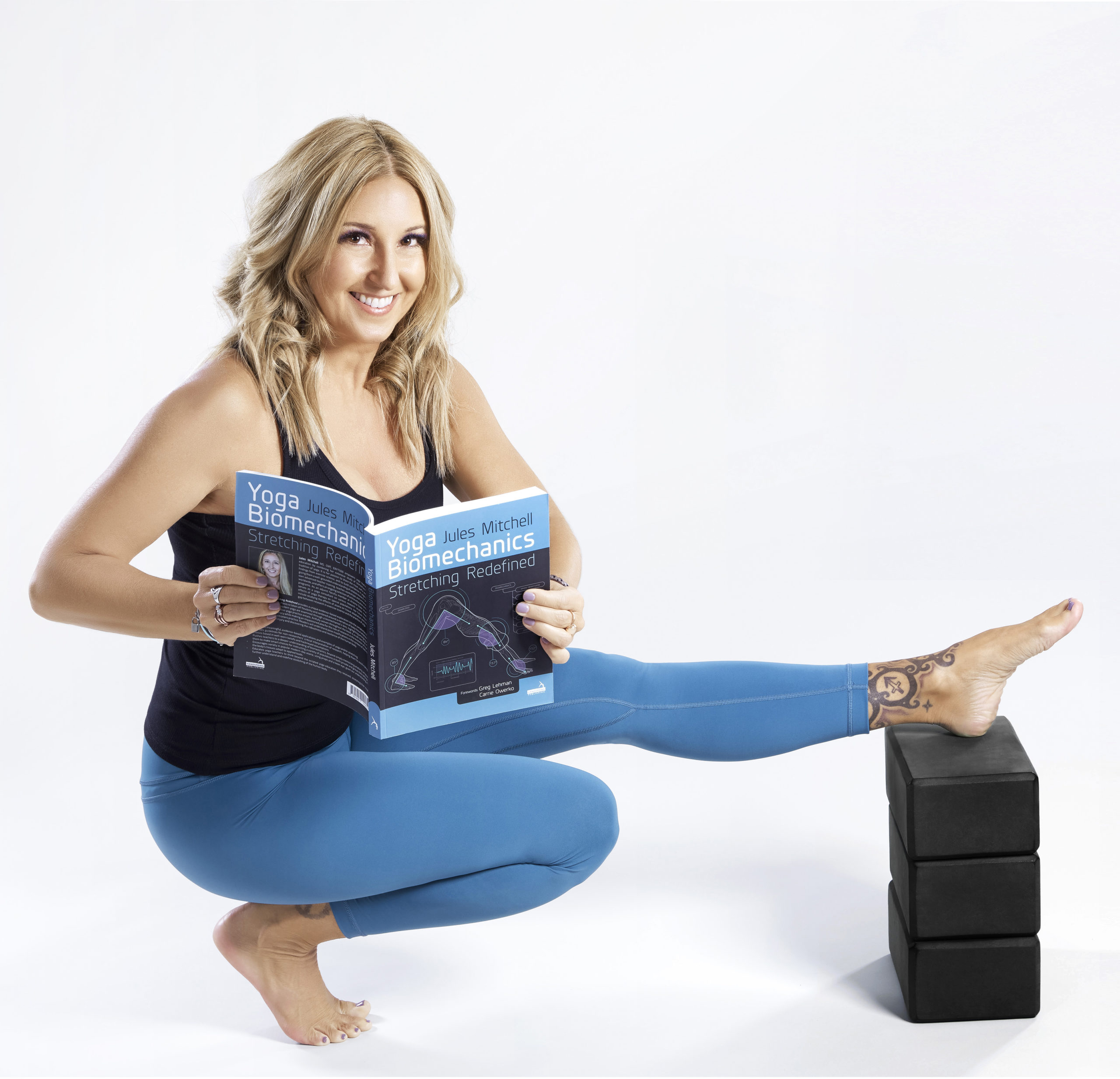
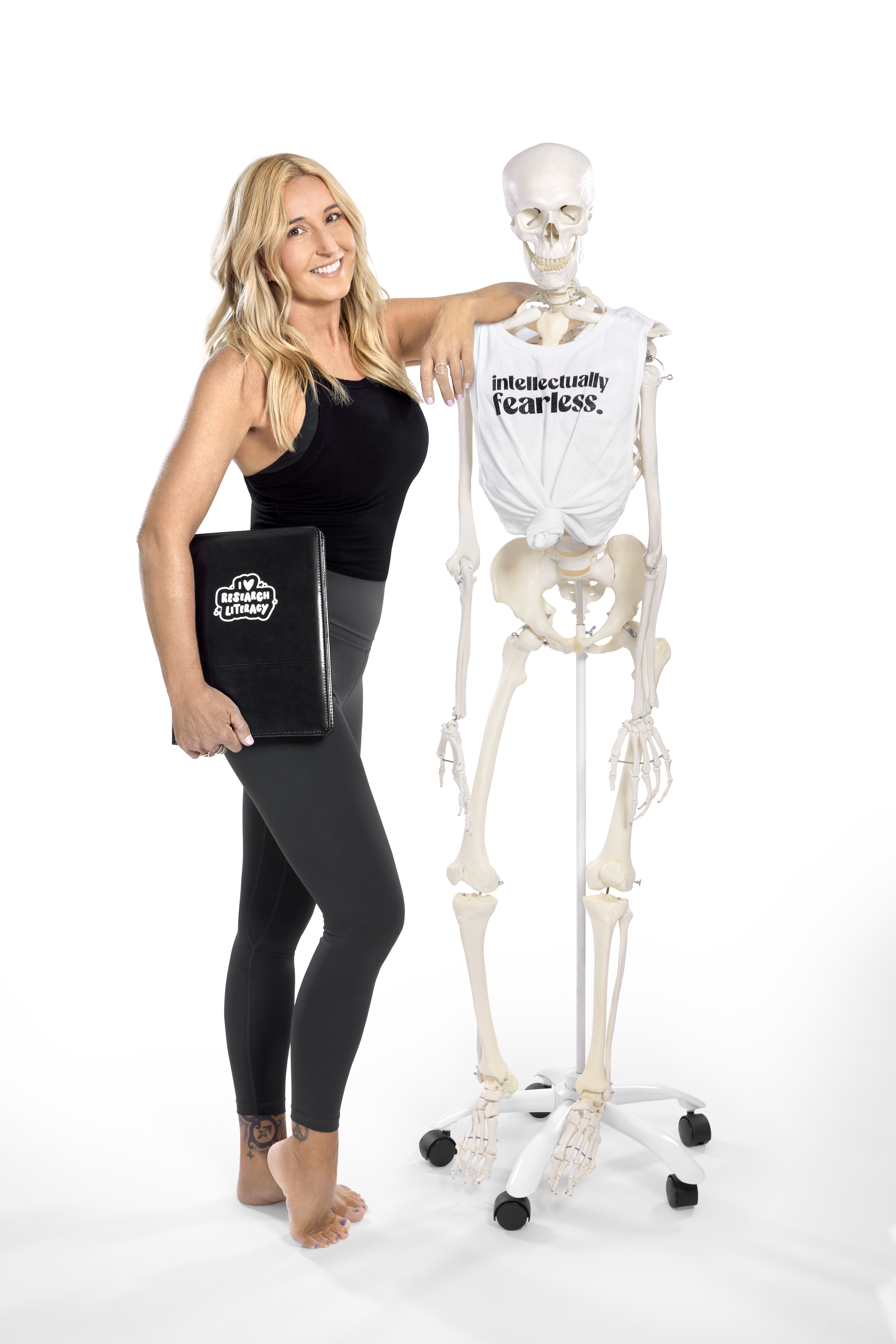
In recent years as I’ve shifted more of my business online, I’ve heard from teachers who look to me for inspiration and advice on things like marketing or growing an online presence. Many teachers tell me they learned to run their own programs just by observing my business, pedagogical style, and attention to detail around customer experience.
It’s my personal mission to share biomechanics education with yoga teachers, but it’s also important to me to empower teachers like you to share it with your network.
While those who have already studied with me have been instrumental in sharing the message, I still need you, my friends and colleagues, to learn this material so that you can disseminate it to your own communities. Group teachers will cue differently, private lesson teachers will ask different questions, and teacher trainers will revamp their curriculum (#sorrynotsorry).
As they say, it takes an army. Join us!
New Book!
The Yoga Teacher’s Survival Guide: Social Justice, Science, Politics, and Power
Edited by Theo Wildcroft & Harriet McAtee
This is a yoga book with a difference. In this guide, the authors embark on a ground-breaking exploration of the multifaceted challenges faced by yoga teachers in today’s complex world.
Drawing upon their experience in training yoga teachers, Theo Wildcroft and Harriet McAtee have compiled a collection of wisdom from some of the best-known and respected yoga teachers worldwide, including Peter Blackaby, Donna Farhi, Jivana Heyman, and Jules Mitchell. Through this collaboration, these experts address six key themes that resonate deeply within the yoga teaching community: critical thinking, honouring our sources, scientific enquiries, trauma, race and equity, and money and power. This book will teach yoga teachers what they need to know about honouring yoga’s sources and surviving and thriving in the modern yoga industry.
Credentials
- Master’s of Science, Exercise Science/Biomechanics – CSU Long Beach
- Former Adjunct Faculty – Arizona State University
- Massage Therapist – CAMTC and NSBMT
- Experienced Registered Yoga Teacher 500 hours (ERYT500) – Yoga Alliance
- Somanaut – annually since 2013
- PRI – multiple Primary, Secondary, and Tertiary courses
- Functional Range Conditioning – Mobility Specialist (FRCms)
- Functional Range Release certified
- Dynamic Contraction Technique (DCT) certified
- Fascial Stretch Therapist – Level 1
- Personal Trainer – ACE Fitness
- Yapana certified
- Tai Chi certified
Future research goals
- The effects of asana on tissue adaptation
- Bridging the gap between exercise science and yoga research
My Books
Published/Featured In
- The New York Times
- LA Weekly
- Yoga Journal Magazine
- Om Yoga & Lifestyle Magazine
- Yoga International
- Haematologica
- Integrative Cancer Therapies
Influential teachers
- Greg Lehman (Reconciling Biomechanics with Pain Science)
- Leeann Carey (Yapana Yoga)
- Gil Hedley (Integral Anatomy)
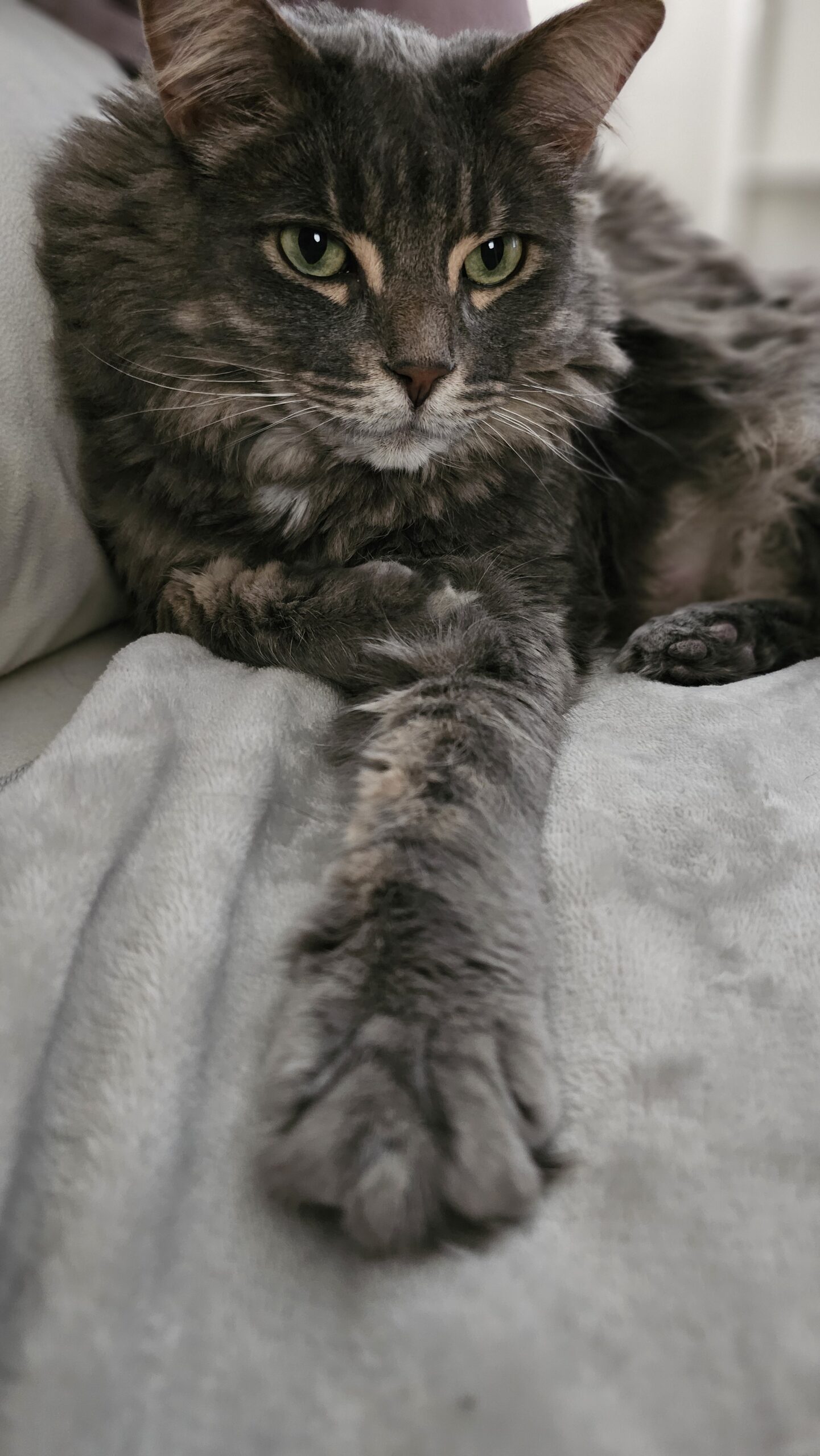
When I’m not working, I’m:
- Spending a day relaxing by the pool
- Reading fiction
- Taking long walks soaking up the desert sun
- Working on my next big thing
- Hanging with my kitty Pitbull (Maine Coon)
- Missing my late kitty Deadmau5 (Russian Blue)
- Puzzling (2000+ pieces are the best)
- Solving crossword puzzles or coloring
- Going to music festivals
- Thinking about work
A few of my favorite things:
- Food: Bread and butter with salt
- Book: Too hard to narrow it down, but I love YA
- Novella: The Pleasure of my Company by Steve Martin
- Author: Margaret Atwood
- Cities: Istanbul, Hong Kong, Mumbai
- DJ: Deadmau5 or Kaskade (and their collab – KX5)
- Yoga Pose: Camel / Ustrasana
Random facts about me:
- I’m single and a proud childless cat lady
- I’m a dual citizen (Austria and the United States)
- I spoke German before I spoke English
- I love watching tennis, WNBA, soccer
- I am obsessed with playing tennis
- My favorite person is my sister Marla
- I love the desert and hate the humidity
- I’m a Virgo sun, Sagittarius rising, Scorpio moon
